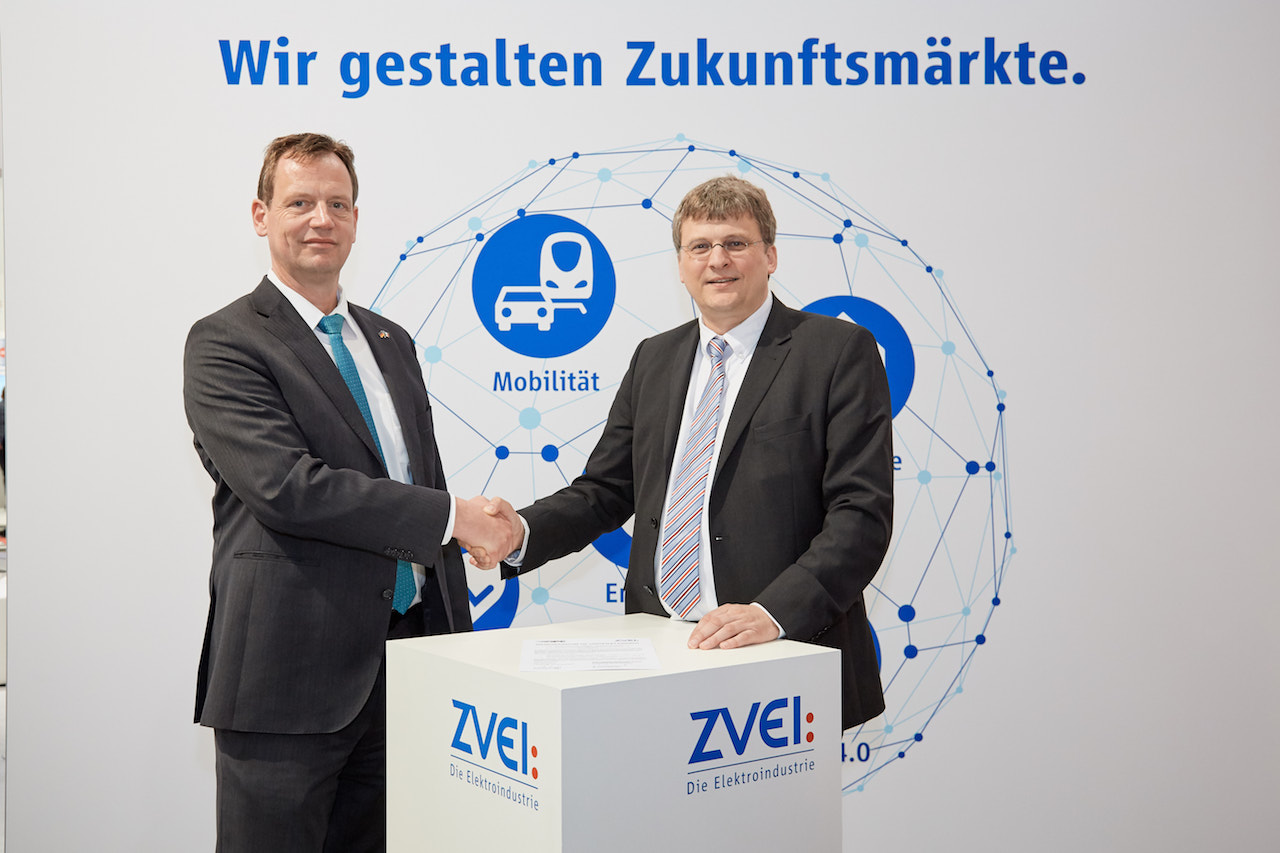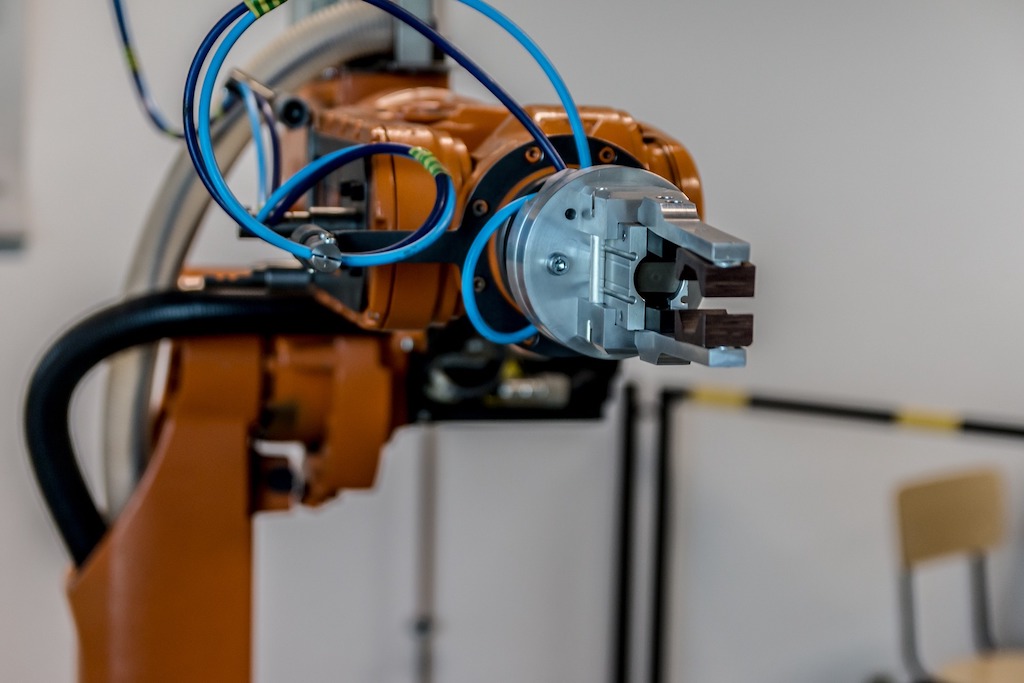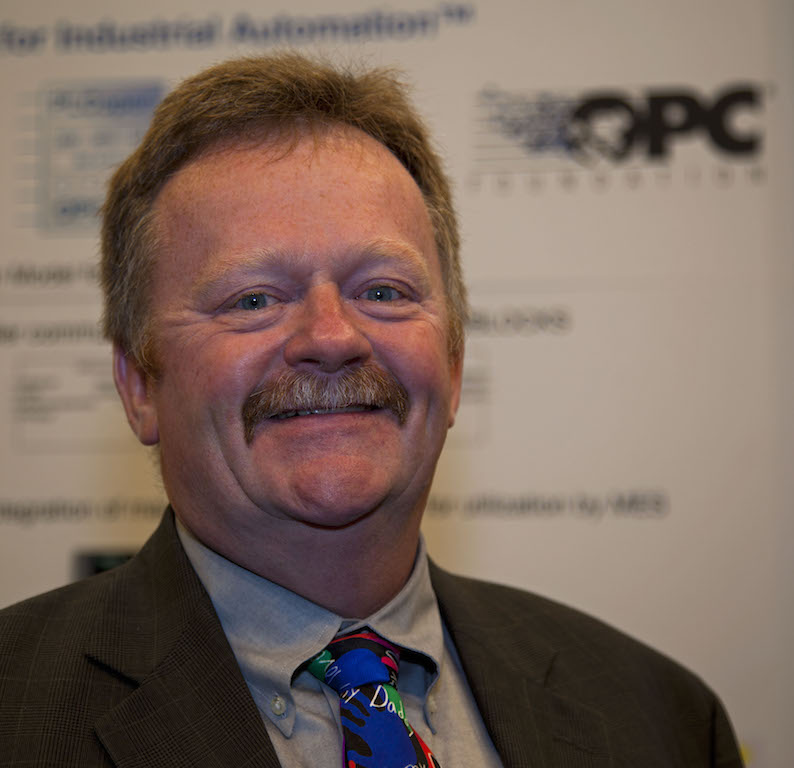Welcome
Welcome to the August 2018 OPC Connect newsletter. The word is out… OPC UA continues to be recognized as the international communication and information standard for Industrie 4.0; end-users all across industrial segments and beyond are demanding OPC UA information interoperability from their suppliers. Collaborations with diverse organizations are pushing the release of companion specifications to enable the use of OPC UA in other vertical markets.
Read more and thank you for taking time out from your busy day to explore this edition of the OPC Connect newsletter.







